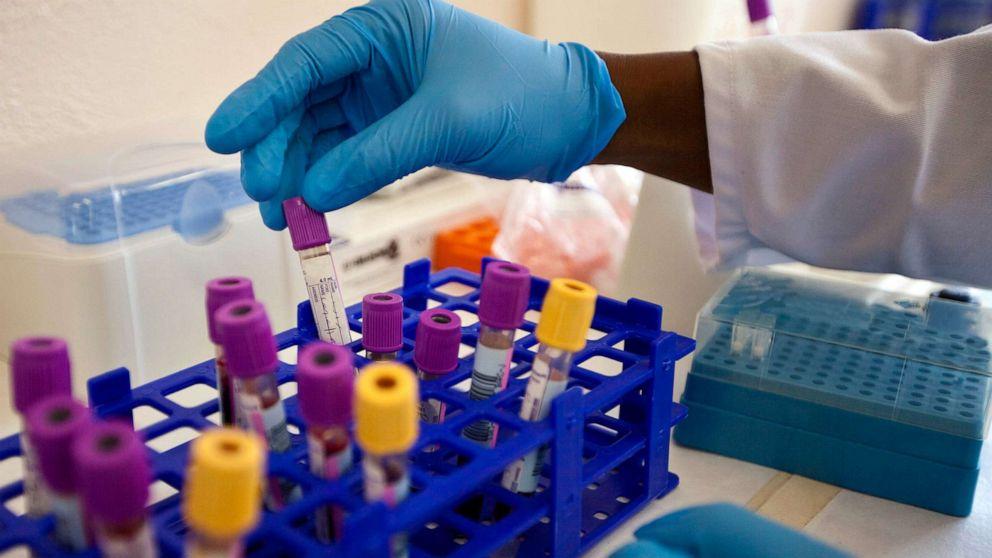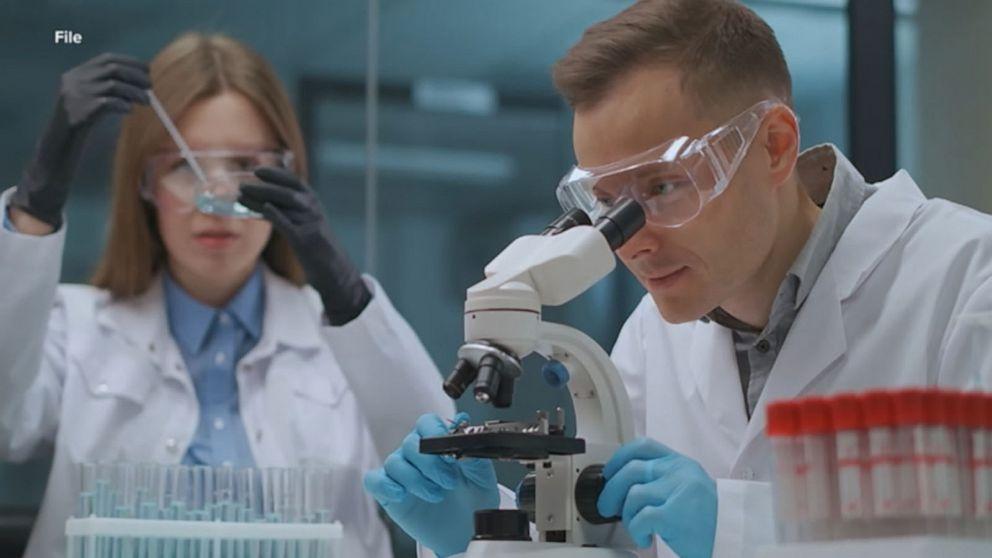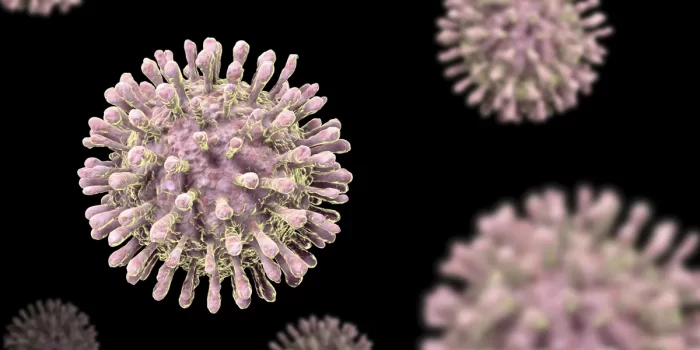Researchers from Germany have reported that a fifth person has been cured of HIV after receiving a stem cell transplant. The study was published in the Nature science journal and detailed the case of a 53-year-old patient who was diagnosed with HIV in 2008. The patient was placed on antiretroviral therapy (ART), which suppressed the virus, but they still experienced complications due to HIV, such as lymphoma. After several rounds of chemotherapy, the patient received a stem cell transplant from a donor with a rare genetic mutation that made them resistant to HIV.
Stem cell transplants involve replacing a patient’s own bone marrow with that of a donor. In this case, the donor had two copies of a genetic mutation that prevented the expression of CCR5, a protein that HIV uses to enter and infect cells. As a result, the transplanted cells were resistant to the virus, and over time, the patient’s immune system was rebuilt with these resistant cells.

The patient underwent a stem cell transplant from a female donor while undergoing therapy for their cancer. About two years after their cancer diagnosis and five years after their HIV diagnosis, they underwent this transplant. A mutation in the female donor is thought to confer resistance to HIV infection.
The patient has been off ART for more than three years and has shown no signs of HIV in their system. The researchers say this is the first time a patient has been cured of both HIV and the lymphoma that they had been suffering from.
While stem cell transplants offer a promising avenue for HIV cure research, they are not yet a viable treatment option for most people with HIV. The procedure is expensive, risky, and requires a suitable donor with the rare genetic mutation. However, the latest case adds to the growing body of evidence that HIV can be cured in some individuals.

In summary, the case of the fifth person cured of HIV after a stem cell transplant is a remarkable breakthrough in HIV research. It demonstrates that a cure is possible, albeit through a complicated and expensive procedure that is not widely available. Nonetheless, the finding provides hope and encouragement to those living with HIV and the researchers working to find a cure.


